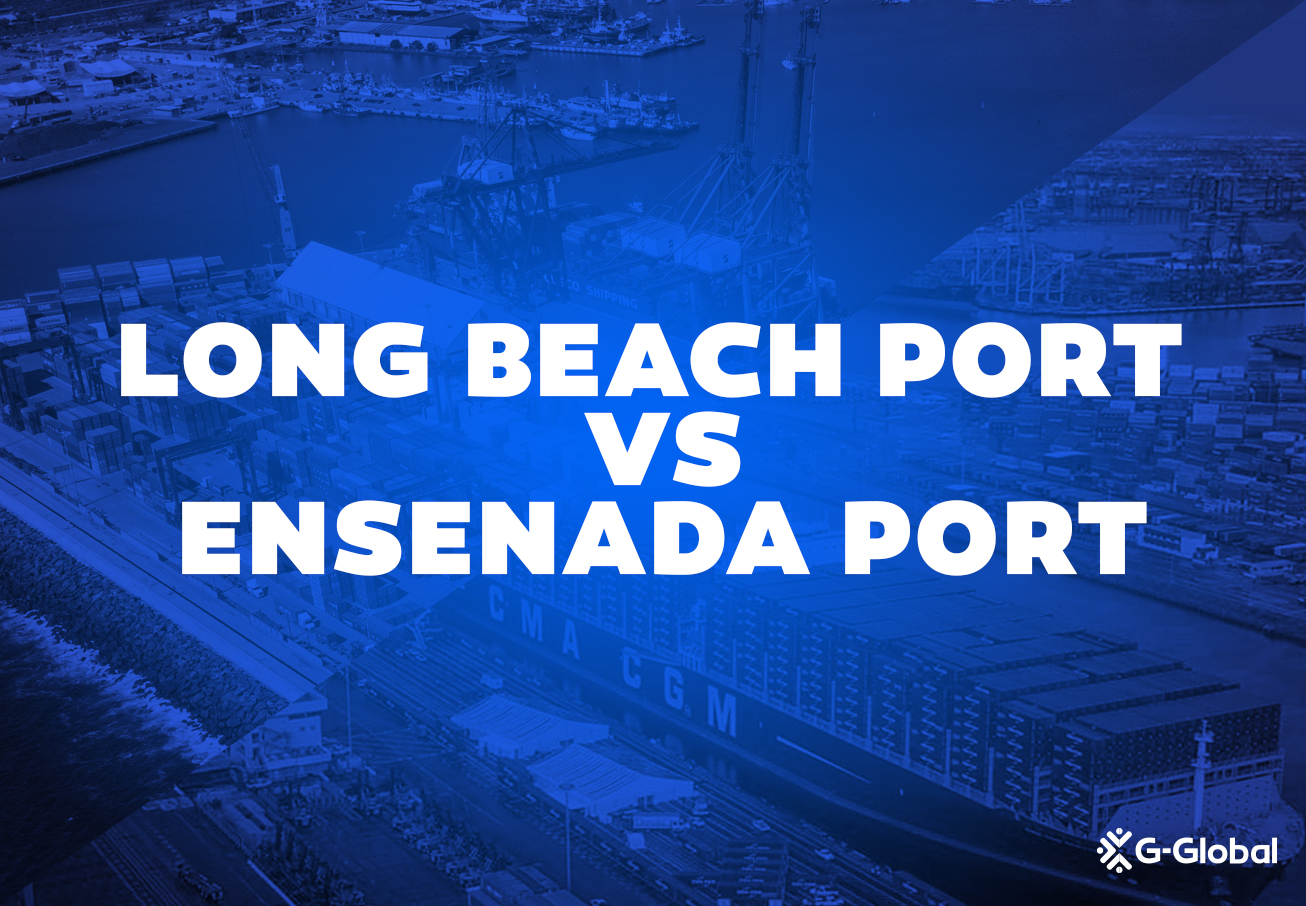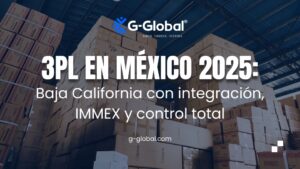Ocean freight is the successful transportation of goods by sea and is usually used to ship large volumes in containers which have brought numerous worldwide economic benefits! Around 90% of the products you buy today come through seaports. International shipping is made possible through this method of transportation. To be able to coordinate overseas logistics, ports of entry play a strategic role in your chain supply, especially if you are currently importing or exporting to and from the USA-Mexico border. A comparison of the closest sea port of entries on both sides gives us a perspective on how to choose and use each of them to meet our demand, so we will be analyzing the difference between Ensenada’s and Long Beach’s ports.
In 2014, the study “Port competitiveness in the Mexican Pacific Ocean, with special reference to Ensenada, Baja California” came to an important conclusion when comparing Mexico’s seaports: commercial and infrastructure determine the influence of competitive performance. While focusing on Ensenada, it is clear that its geographical location is a factor that favors its participation in the container handling market. In addition, the distances with the population centers are relatively short, which can favorably influence a convenient modal selection in terms of prices and costs (Bustos et al. ., 2003), such as the road and airport connection. This would allow it to better face future opportunities, generating competitive strategies to attract merchandise demanded by the Tijuana, Mexicali, southern California, and Arizona markets, in such a way that it takes advantage of local, regional, and cross-border niches that are not at a distance of more than 400 kilometers from the port.
We must also bear in mind that it is located in an area that is considered highly competitive, where high-capacity ports are located such as Long Beach, California. Long Beach has been operating as a port entry since 1911 which is no wonder that its competitiveness has continuously grown since. Putting side by side each of the ports’ industry’s standard cargo measurements we can measure the difference in capacity and flow, Long Beach with around 17.3 million TEU reported last year and Ensenada with 14 thousand TEU.
In this context, the Ensenada port has developed relative advantages but it has not managed to reduce its high dock costs. In contrast with Long Beach, it operates much slower in terms of capacity, surface area, and connectivity, which could constitute a threat to its future participation in the container market. Ensenada could lose opportunities in the container market due to the eventual saturation of the ports of Long Beach and Los Angeles in the United States.
Now, how can the use of both of these ports benefit your supply chain in terms of costs and delivery times for your clients or production? Choosing to use ocean freight gives you the opportunity to eliminate all duties when applying Section 321 for Customs Compliance. Our team of experts will make sure you don’t miss out on this import savings opportunity! Send us a message at g-global.com/contact!



